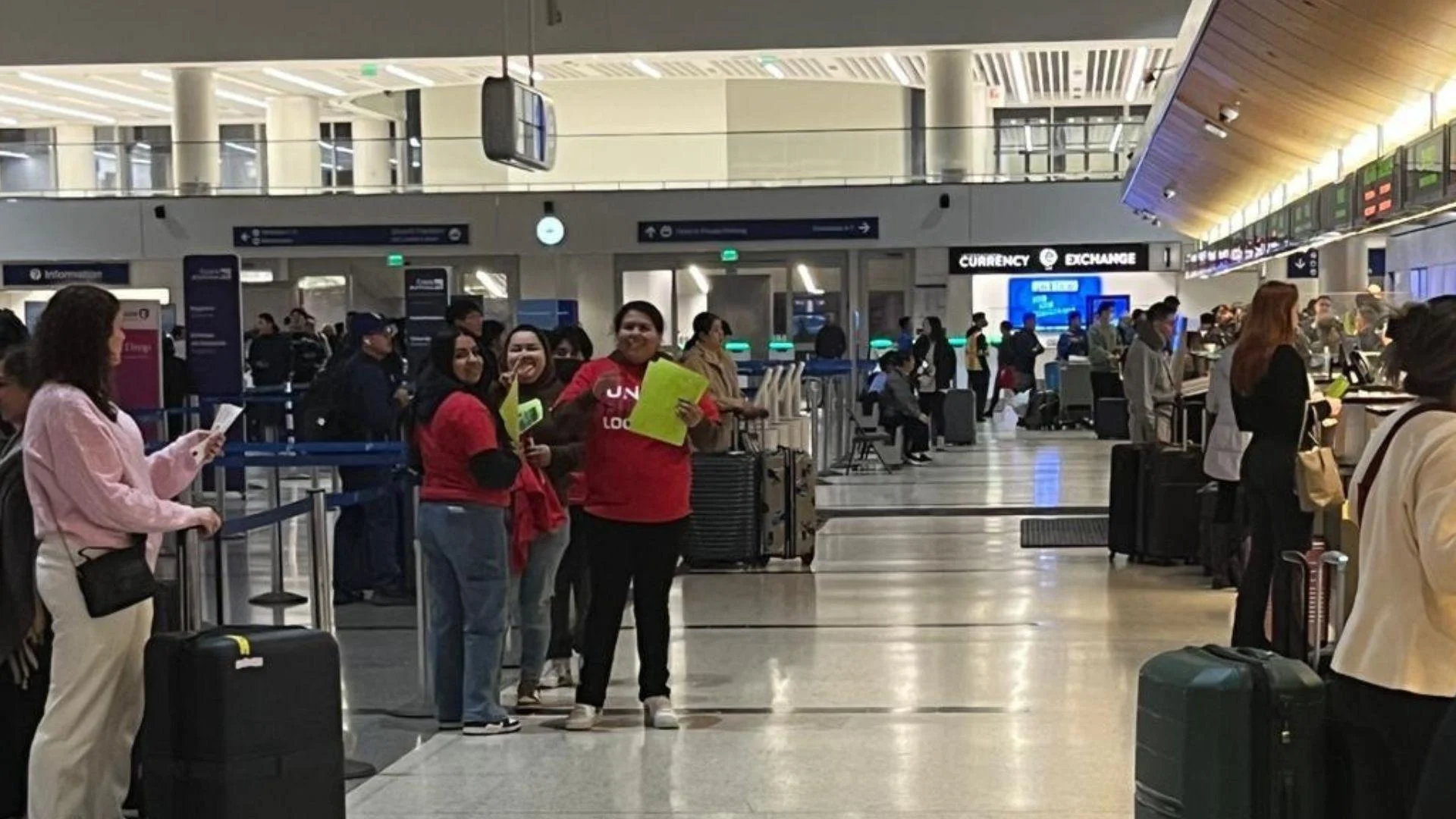According to an economic impact report released in May by IPI, ORD's renovation will add 95,000 total jobs by 2033, including 53,000 jobs in the construction industry—roughly 5,300 construction jobs per year.
Additionally, ORD 21 is projected to increase state tax revenues by $461 million and local tax revenues by $346 million over 10 years.
The upgrades—which were initially expected to cost $8.5 billion but have since increased to $12.1 billion—are fully funded through revenue generated from agreements with airline partners, with no taxpayer dollars involved, according to the website. The original 2028 completion has now been pushed to 2034.
“O'Hare 21 really is a generational capital investment in O'Hare's facilities that will take approximately 15 years to put in place,” City of Chicago Department of Aviation Chief Development Officer Robert Hoxie told Aviation Pros. “The purpose of the program is to transform O'Hare and give it terminal facilities primarily that are fit for purpose for the 21st century.”
ORD 21's key projects include the now-complete Terminal 5 Expansion, and two new satellite concourses aimed at maintaining operations prior to completion of the Global Terminal project, which also includes new runways 9C-27C.
In May, architectural renderings for the new Satellite Concourse 1 were unveiled by renowned Chicago-based architects, Skidmore, Owings & Merrill, Ross Barney Architects, Juan Gabriel Moreno Architects, and engineering firm Arup.
That concourse, which will serve as a major expansion to O'Hare’s existing terminal facilities, is expected to be finished in 2028.
Additionally, the $300 million "ElevateT3" project kicked off in April to modernize Terminal 3—one of ORD's largest terminals housing 75 gates—from new plumbing and electrical to restroom renovations and 10,000 square feet dedicated to expanded concessions and amenities.
The improvements are partially funded by federal grants from the Department of Transportation.
The renovation will also include a single TSA screening area, with an expanded passenger corridor between concourses K and L, and newer, improved baggage handling systems.
ORD's new Terminal 5 has added 10 new gates with reconfigured customs and security checkpoints to improve efficiency and reduce delays. A complete replacement of the baggage handling system has more than doubled the terminal's baggage screening capacity. Passenger amenities have also expanded.
According to ORD 21's website, the Global Terminal will be "one of the largest and most cutting-edge airport facilities in America," transforming ORD's current Terminal 2 with double the space and an "expanded, light-filled arrivals hall."
The goal of the Global Terminal is to create a hub for all three major airline alliances to consolidate operations and services in one terminal, merging domestic and international arrival gates. There will be added concessions, more lounge space for travelers, new customs facilities and a cutting-edge baggage system.
Chicago-based airline food provider Flying Food Group (FFG) has positioned itself to support the airport’s evolution.
Nicolas Rondeau, Executive Vice President of Sales and Service at Flying Food Group, emphasized the company's strategic plan through the ORD 21 redevelopment.
“As the international expansion efforts at Chicago O'Hare continue to progress, Flying Food Group is uniquely positioned to support this transformative initiative, thanks to our longstanding partnerships with leading international airlines,” Rondeau said in a statement to Sky Industry News. “As a trusted provider to over 80 airlines worldwide, our extensive network and expertise put us in an ideal position to support ORD’s evolution into a world-class global aviation hub.”
Last month, four new concessions debuted in Terminal 5, including Chick-fil-A, Protein Bar & Kitchen, Gallery ORD and Dunkin’/Baskin-Robbins.
According to a City of Chicago press release, these businesses helped the airport achieve a 38% participation rate in Airport Concessions Disadvantaged Business Enterprise.
The ORD 21 modernization program, with its added gates, runway expansions, upgraded pedestrian tunnels, and overall enhancements to baggage and security, will increase gate capacity by 25 percent upon completion, according to ILI.
With five years of construction down, roughly one third of the ORD 21 project is now complete.
 Alerts Sign-up
Alerts Sign-up




































